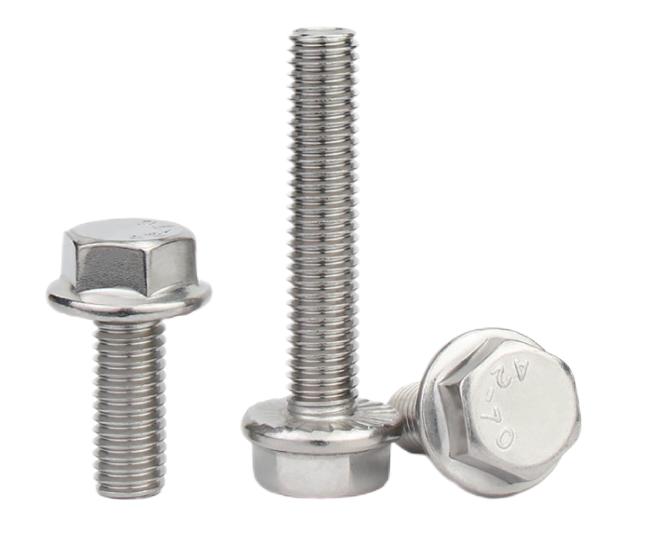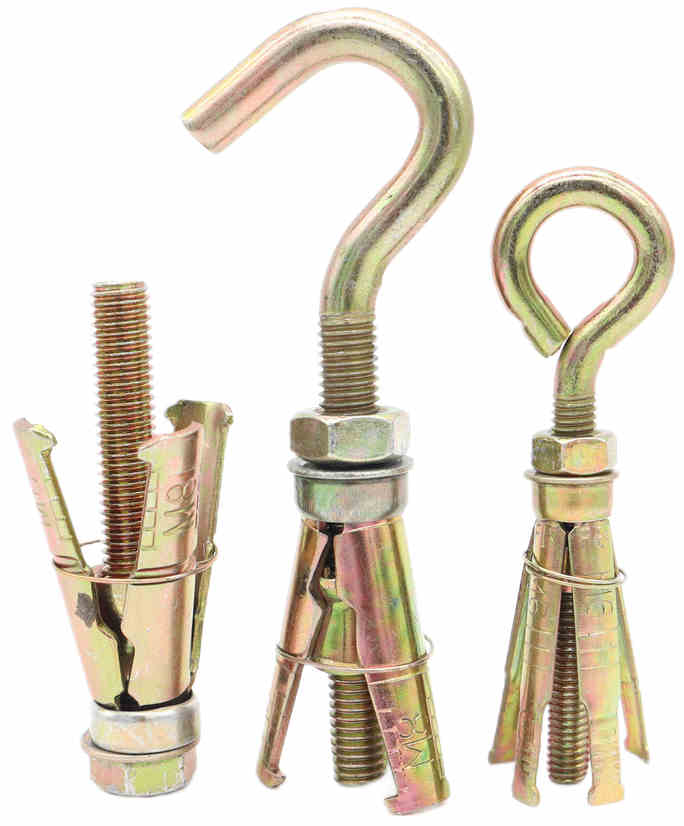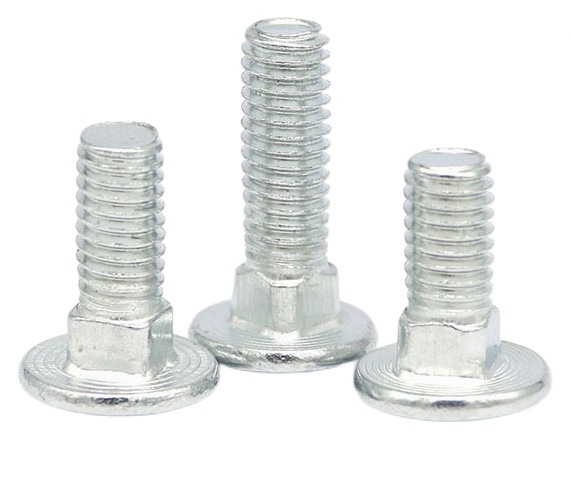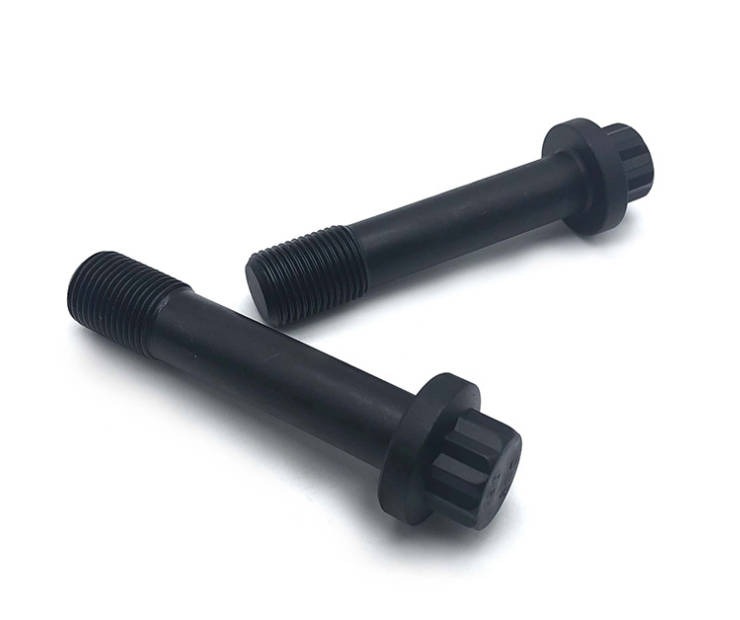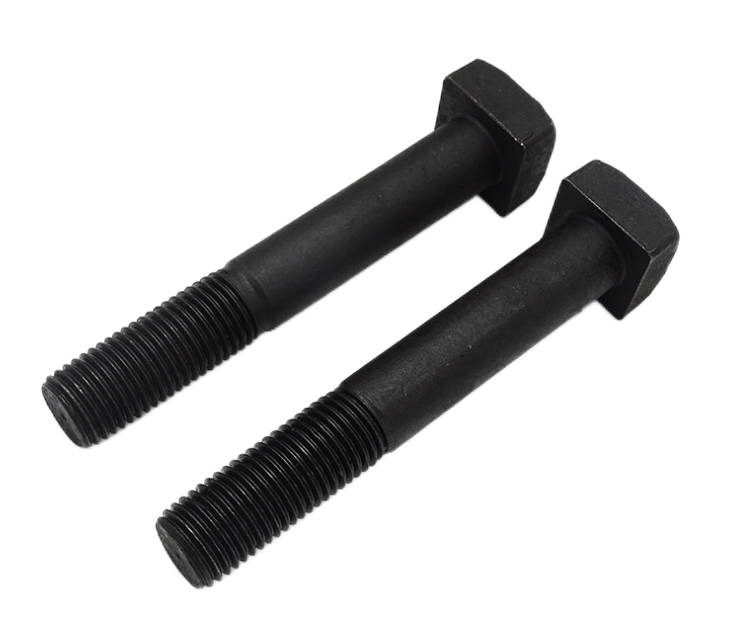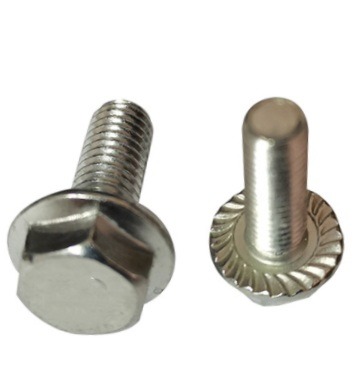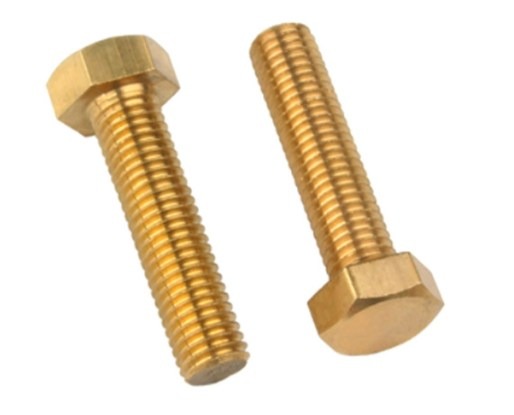What are Commonly Used Bolt Anti-loosening Design Methods: Ensuring Secure Fastening
Bolts are one of the most common fasteners used in a wide variety of applications. They are used to hold together components in machines, structures, and other objects. However, bolts can loosen over time due to vibration, thermal expansion and contraction, and other factors. This can lead to serious safety hazards, such as machine failure or structural collapse.
To prevent bolts from loosening, anti-loosening measures must be taken. There are a variety of anti-loosening methods available, each with its own advantages and disadvantages. The best method for a particular application will depend on the specific requirements of that application.
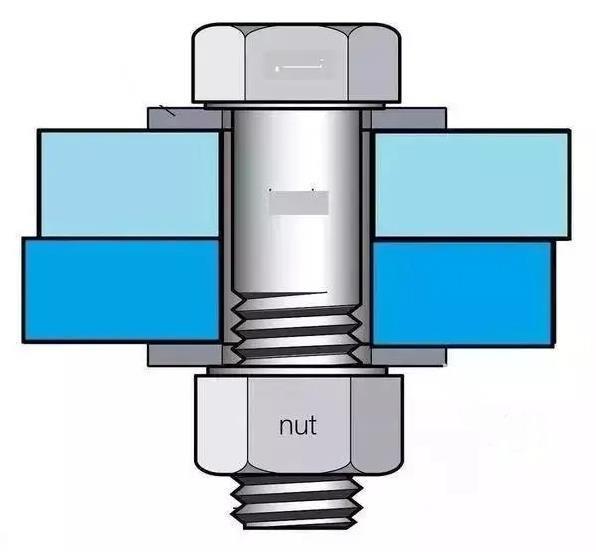
Common Types of Bolt Anti-loosening Methods
There are three main types of anti-loosening methods: friction-based, mechanical, and permanent.
- Friction-based anti-loosening methods rely on the friction between the bolt and the nut or other components to prevent the bolt from loosening. This can be achieved by using a lubricant, such as thread-locking compound, or by using a special type of nut, such as a self-locking nut.
- Mechanical anti-loosening methods use physical features to prevent the bolt from loosening. This can be achieved by using a cotter pin, a locking washer, or a wedge-shaped washer.
- Permanent anti-loosening methods make it impossible for the bolt to loosen. This can be achieved by using a heat-treated bolt, a thread-locking adhesive, or a rivet.
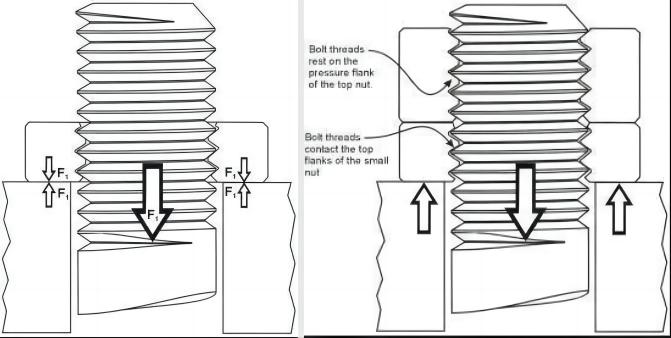
12 Common Used Methods for Bolt Anti-loosening Design
There are 12 different methods that can be used to design anti-loosening features into bolts. Some of the most common methods include:
- Double nuts: Two nuts are used on the same bolt, with the second nut being tightened against the first nut. This creates increased friction between the nuts and the bolt, making it more difficult for the bolt to loosen.
- Tang thread locking: A tang is added to the bolt thread, which engages with a slot in the nut. This provides a mechanical locking mechanism that prevents the bolt from loosening.
- 30° wedge thread anti-loosening technology: A wedge-shaped washer is installed between the bolt and the nut. The wedge washer creates a force that presses the bolt and nut together, making it more difficult for the bolt to loosen. The 30° angle of the wedge washer creates a more secure locking mechanism than a washer with a 90° angle.
- Self-locking nuts: Self-locking nuts have a special design that creates friction between the nut and the bolt. This friction makes it more difficult for the bolt to loosen, even under vibration or other forces. There are a variety of different self-locking nuts available, each with its own advantages and disadvantages.
- Thread-locking adhesive: Thread-locking adhesive is a substance that is applied to bolt threads. The adhesive cures and forms a hard layer that prevents the bolt from loosening. Thread-locking adhesive is a popular choice for applications where the bolt is subjected to high vibration or other forces.
- Wedge locking anti-loosening double washer: This washer has a wedge-shaped design that creates a force that presses the bolt and nut together, making it more difficult for the bolt to loosen. The washer is made from a high-strength material and has a serrated edge that engages with the bolt threads.
- Cotter pins and slotted nuts: Cotter pins are used to secure bolts in place. Slotted nuts can be used in conjunction with cotter pins to provide additional security. The slotted nut has a hole in the center that allows the cotter pin to be inserted. The cotter pin is then bent to secure the nut in place.
- Series-connected wire anti-loosening: This method uses a series of wires that are connected to the bolt and nut. The wires create a force that presses the bolt and nut together, making it more difficult for the bolt to loosen. The wires are typically made from a high-strength material, such as stainless steel or titanium.
- Locking washers: Locking washers have a special design that creates friction between the washer and the bolt. This friction makes it more difficult for the bolt to loosen, even under vibration or other forces. There are a variety of different locking washers available, each with its own advantages and disadvantages.
- Spring washers: Spring washers have a spring-like design that creates a force that presses the bolt and nut together, making it more difficult for the bolt to loosen. Spring washers are typically made from high-strength material, such as stainless steel or titanium.
- Heat staking technology: Heat staking is a process that involves melting a metal tab onto the bolt. The tab cools and forms a permanent bond with the bolt, making it impossible for the bolt to loosen. Heat staking is a permanent anti-loosening method that is often used in critical applications.
- Color-changing bolts: Color-changing bolts are made from a material that changes color when it is subjected to excessive torque. This feature can be used to indicate if a bolt has been tightened too much and is at risk of loosening. Color-changing bolts are a relatively new anti-loosening technology, but they have the potential to be a valuable tool for engineers and technicians.
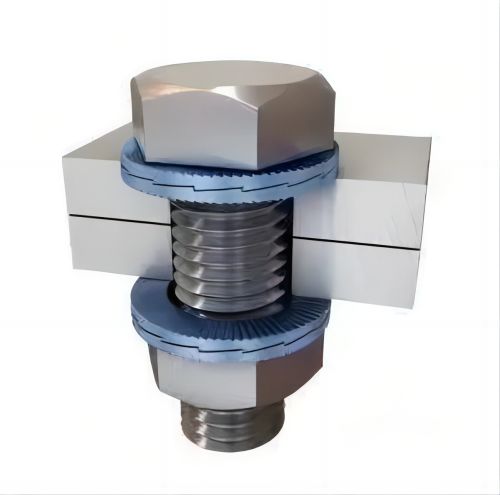
Conclusion
The various anti-loosening design methods discussed in this article can be used to ensure secure fastening in a wide variety of applications. The best method for a particular application will depend on the specific requirements of that application. It is important to carefully consider the factors that may cause a bolt to loosen, such as vibration, thermal expansion and contraction, and the environment in which the bolt will be used. By selecting the appropriate anti-loosening method, engineers can help to prevent serious safety hazards and ensure the long-term reliability of their designs.

